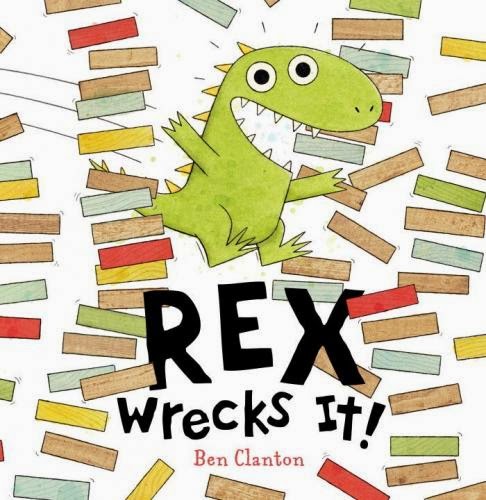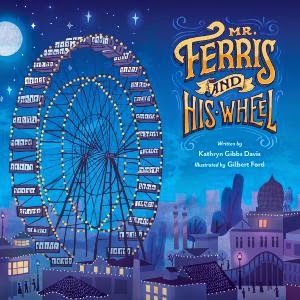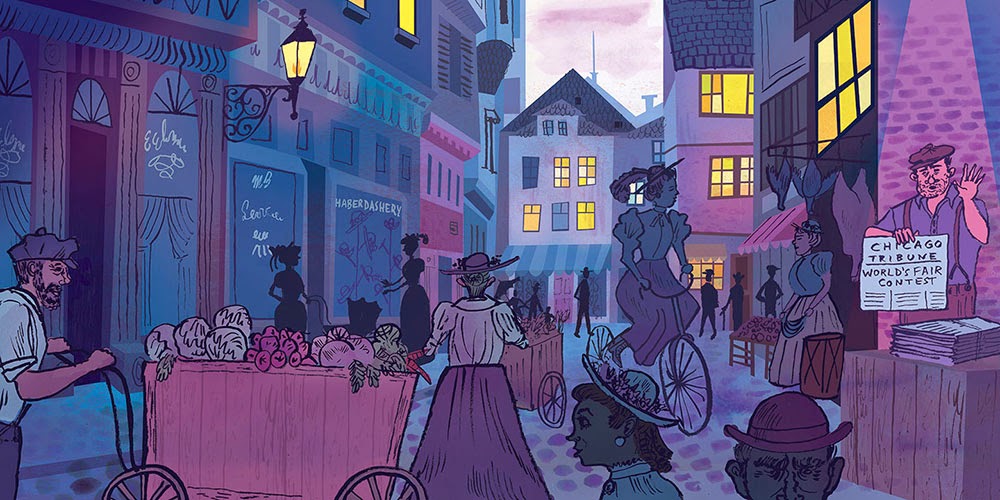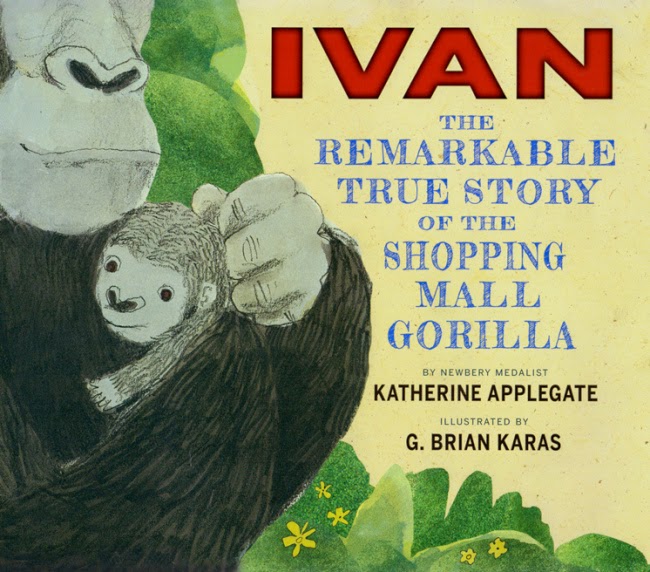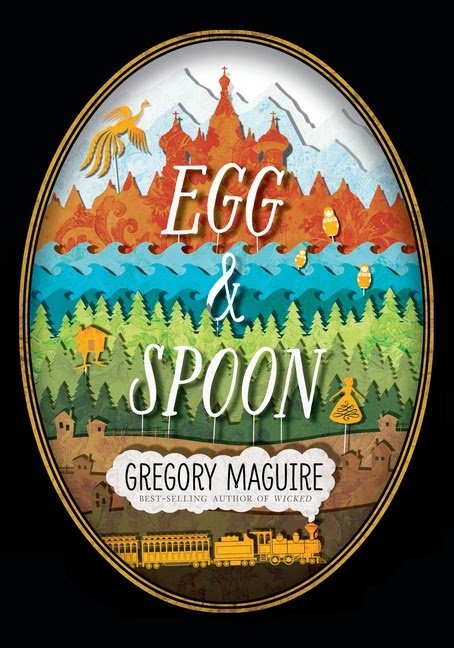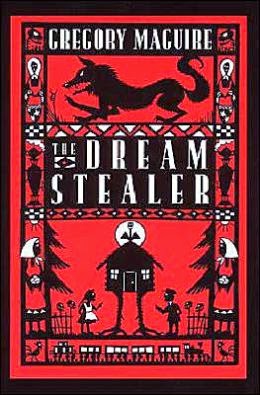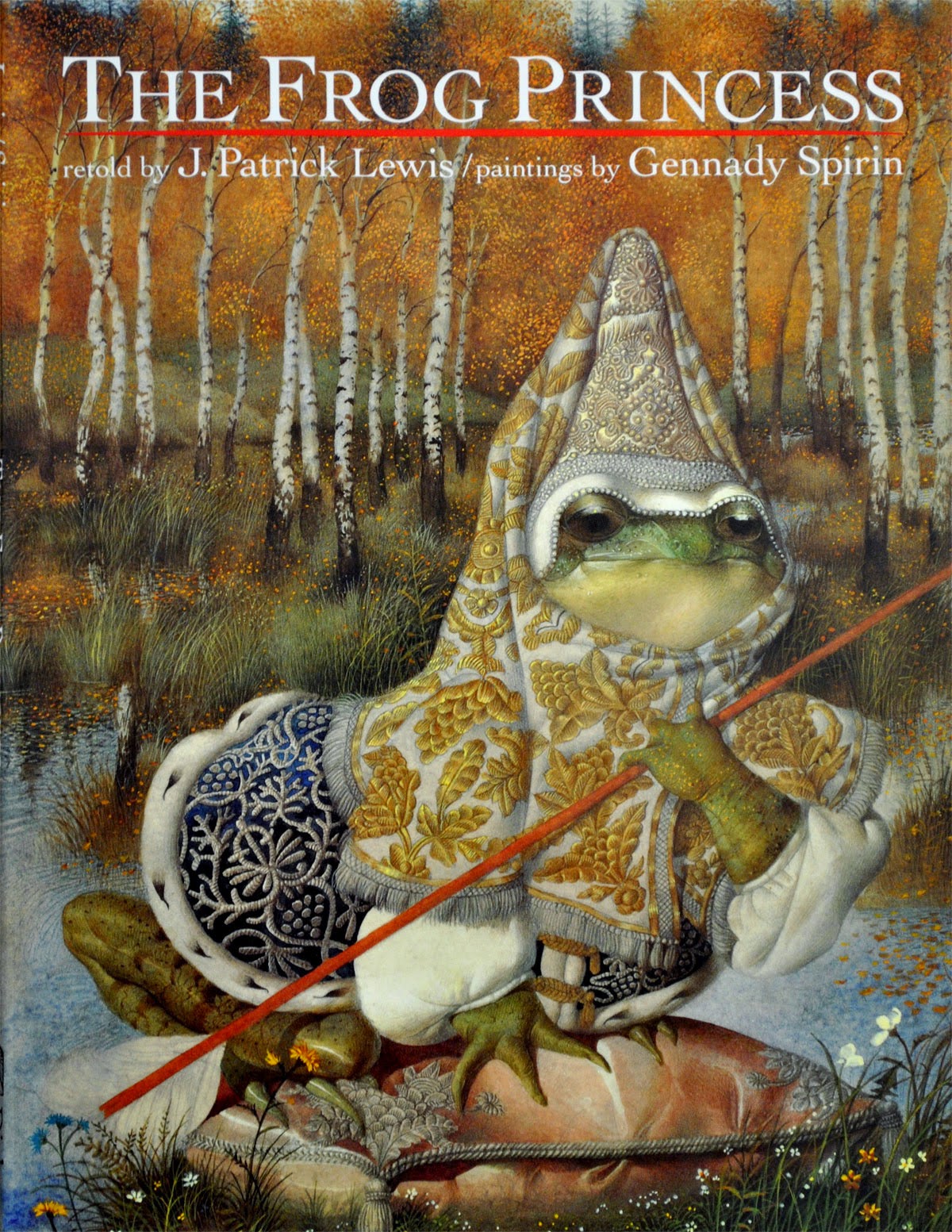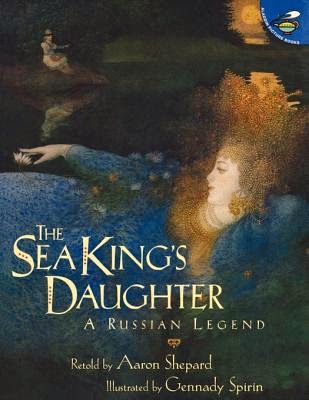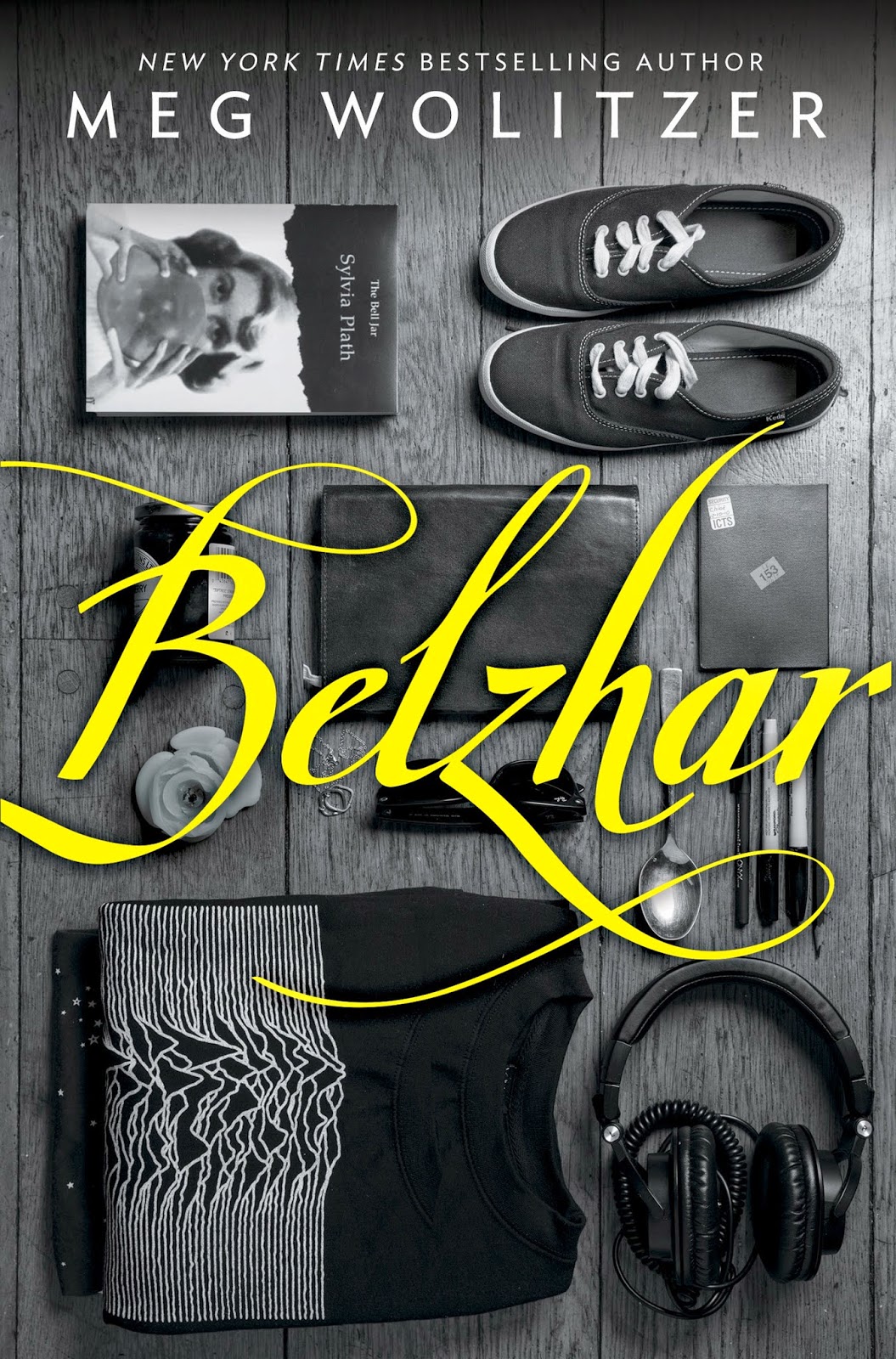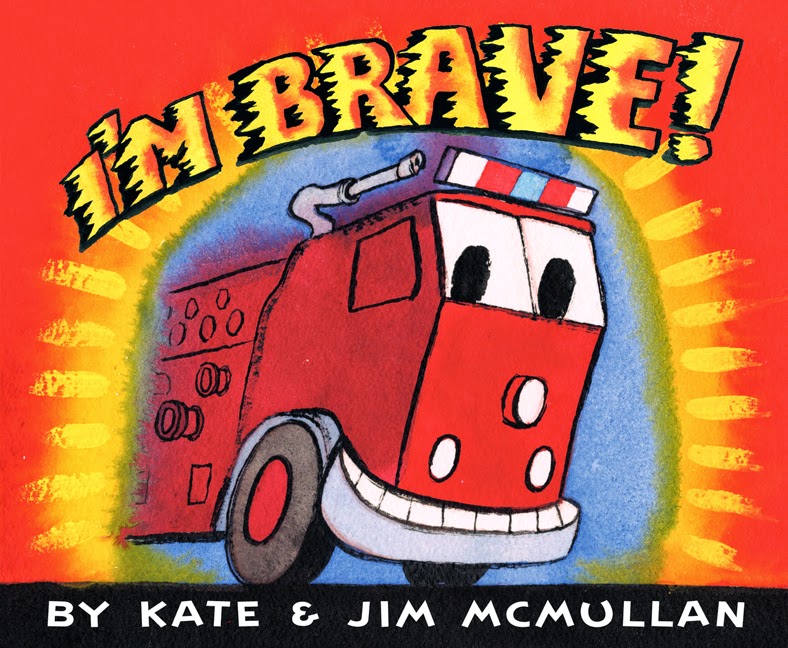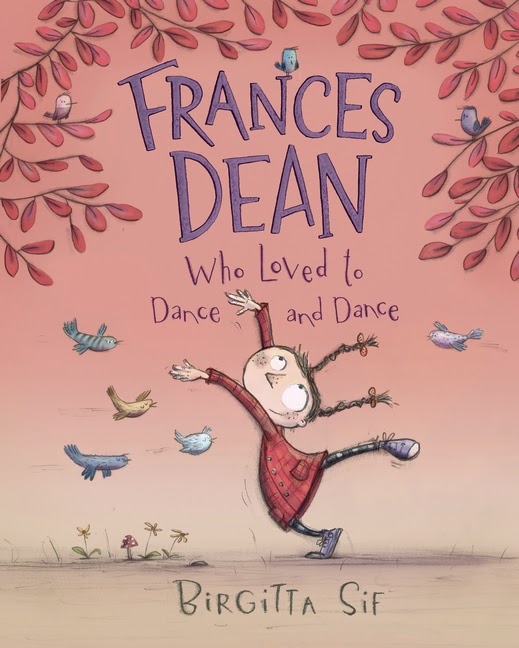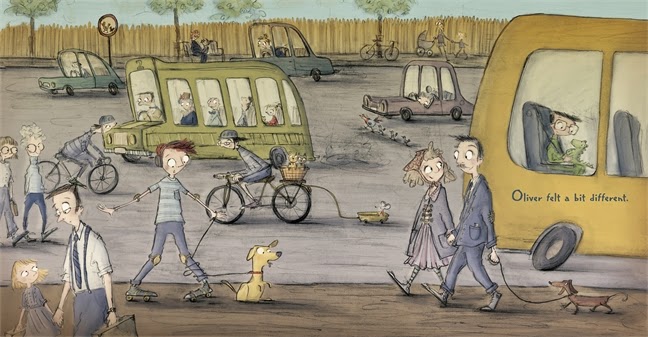Belzhar by Meg Wolitzer is just flat out brilliant, both for the subject matter and how the author chooses to tell the story. And in this, Belzhar is ideally pitched to its audience, in tone and content. Even the cover image is perfect! Wolitzer is an award winning writer of books for adults, most recently The Interestings, as well as The Ten Year Nap, which I read and enjoyed immensely. Wolitzer is also the author of a middle grade novel, The Fingertips of Duncan Dorfman (review to come). I was immediately intrigued as I read Amber Dermont's review of Belzhar in the New York Times, having been a devotee of Sylvia Plath myself during my teenage years and into college. But I'm getting ahead of myself.
We first meet narrator Jam (short for Jamaica, she was named after the place where she was conceived) Gallahue as she is being driven to the Wooden Barn, a private school for "emotionally fragile, highly intelligent" teens that eschews medication over education and strict rules prohibiting television and the internet. Jam is headed there, at the advice of her therapist, because, after the loss of her first love, British exchange student, Reeve Maxfield, she took to her bed, recalling the forty-one days she had with him over and over. Jam has been chosen for the Special Topics in English taught by Mrs. Quenell. The class, and the students in it, have a long-running reputation for creating a secretive, tight-knit group of students who sometimes exhibit curious behaviors like making up their own language. Mrs. Quenell tells her five students that they will be studying the poetry of Sylvia Plath in this, her last semester before retirement. Mrs. Quenell also gives each student a red leather journal, telling them to write in it at least twice a week and turn it in at the end of the term. She also tells them, somewhat ominously, to watch out for each other.
After writing in their journals for the first time, the class realizes that the journals transport them to the time just before their lives were permanently altered by the traumas that brought them to the Wooden Barn, allowing them to live, as long as they are writing, in the moment of normalcy and happiness before everything changed. When the experience ends, they return to reality to find they have written exactly five pages in their journals that they have no memory of actually writing. Soon, the five are meeting in a darkened classroom after curfew to talk about the journals and what happens when they write in them. They also, one by one, grudgingly and painfully, share the worst thing that has ever happened to them and where they go when they write in their journals. The traumas that Wolitzer creates for her five characters and how she reveals them over the course of the story are astute, insightful and ultimately believable - and, in some instances, breathtakingly sad.
Jam suggests that they call this place that they go when they write, "Belzhar," a sort of Europeanized way of saying, "bell jar," a nod to Plath's semi-autobiographical novel, although, while there is a very nice little moment of connection near the end of the novel, there really is very little of Plath and her work in Belzhar. The story belongs to the well-crafted characters and the way that Wolitzer balances the intense draw of the worlds these five have lost and the new world that they are taking steps toward as they heal and form tenuous friendships with each other. Without being overly dramatic or sensational, Wolitzer's novel presents her teenaged characters in heightened emotional states and with an integrity that will resonate with teen readers. She also, with gentleness and kindness, writes about unrequited love and the bewildering things that we will do while suffering through it.
I often find myself thinking about what the lines that differentiate YA and adult novels and the overlap that sometimes occurs. With Belzhar, I feel like Wolitzer has written a novel that is quintessentially YA. Narrator Jam reads like a true teen and her emotions and desires, and flaws, are those of a true teen. It never seems as though bits of adult wisdom and hindsight slip into her thoughts, actions and words, as sometimes happens with YA novels. Add to this Sylvia Plath, referred to by Dorfman in her review as the "poet laureate of teenage angst," and her infamous bell jar, and moments of profound self-discovery and you have a book that, for me, shows how the novel can truly be an art form.
Source: Purchased Audio Book
 Mac Barnett Jon Klassen are the brilliant team that brought us Extra Yarn, winner of the Caldecott Honor Medal. With Sam & Dave Dig a Hole, Barnett and Klassen have created yet another book that readers (and little listeners) will instantly bond with. Seemingly simple, this book will satisfy adults and kids and is sure to get repeated readings wherever it lands, in part because of the wry humor of the story and illustrations as they play against each other, but also for the simple fact that KIDS LOVE TO DIG HOLES.
Mac Barnett Jon Klassen are the brilliant team that brought us Extra Yarn, winner of the Caldecott Honor Medal. With Sam & Dave Dig a Hole, Barnett and Klassen have created yet another book that readers (and little listeners) will instantly bond with. Seemingly simple, this book will satisfy adults and kids and is sure to get repeated readings wherever it lands, in part because of the wry humor of the story and illustrations as they play against each other, but also for the simple fact that KIDS LOVE TO DIG HOLES.


